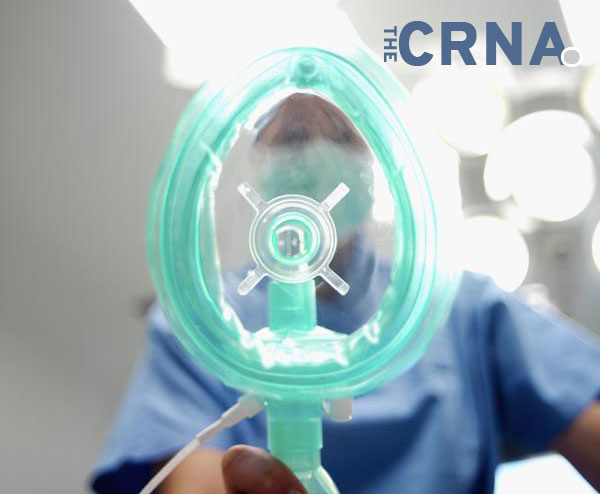CRNAs: Who We Are and What We Do
What is a Certified Registered Nurse Anesthetist (CRNA), and what do CRNAs do? This video takes a brief look into the field of Nurse Anesthesia, and provides answers to some of the most common questions about this healthcare field, directly from currently practicing CRNA’s, as well as those who work along with them. Credit to the Massachusetts Association of Nurse Anesthetists for this informative video.





